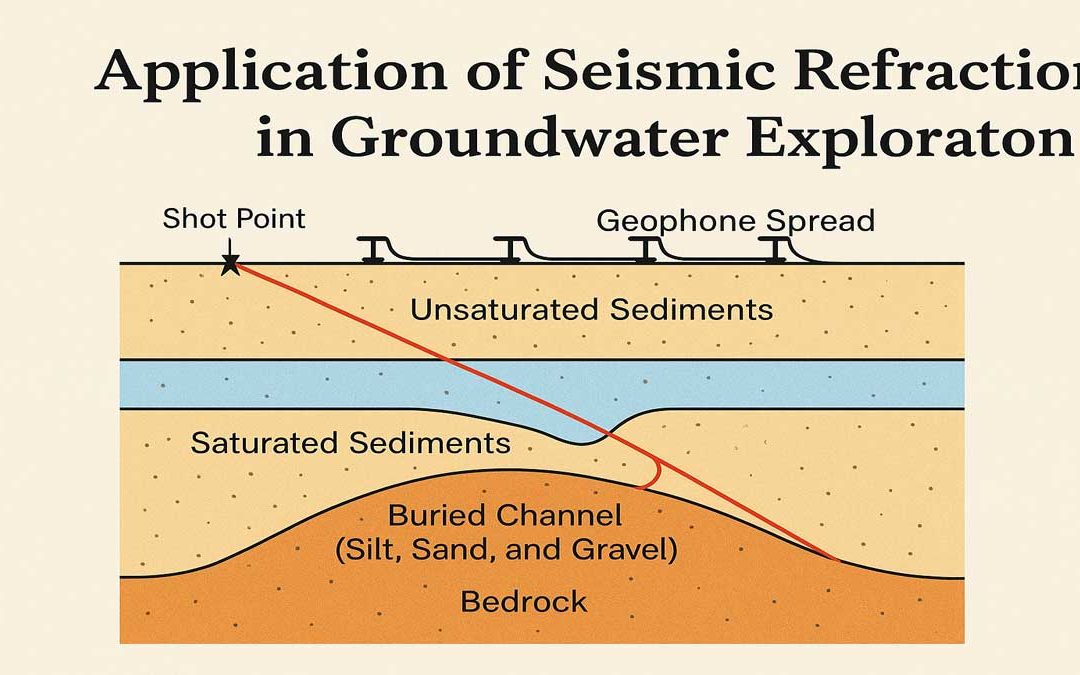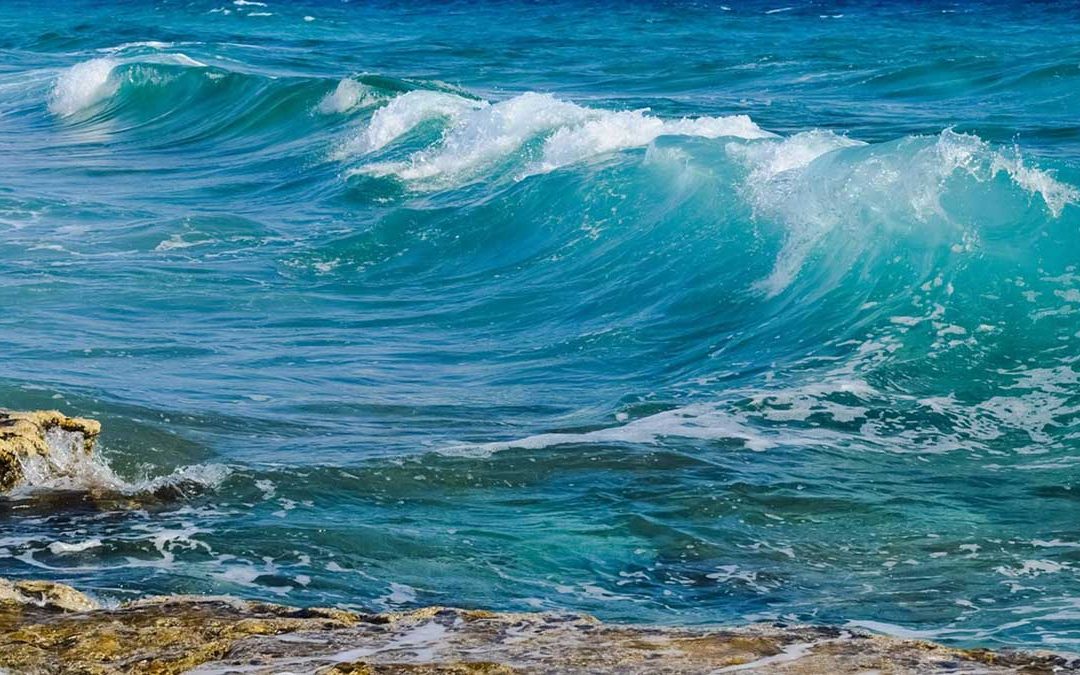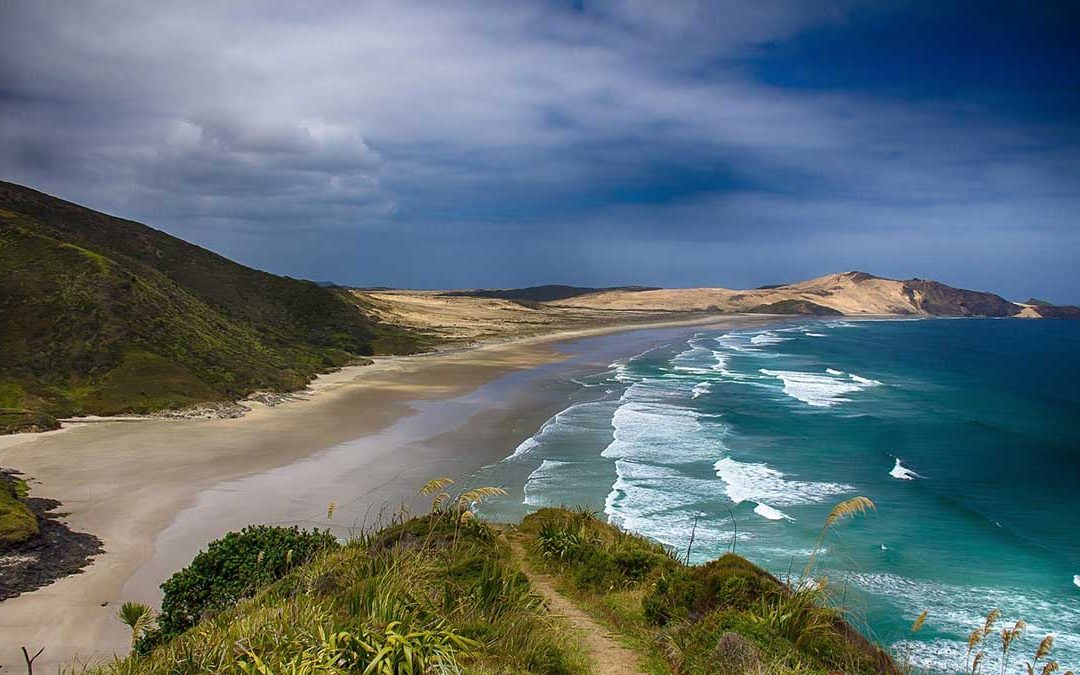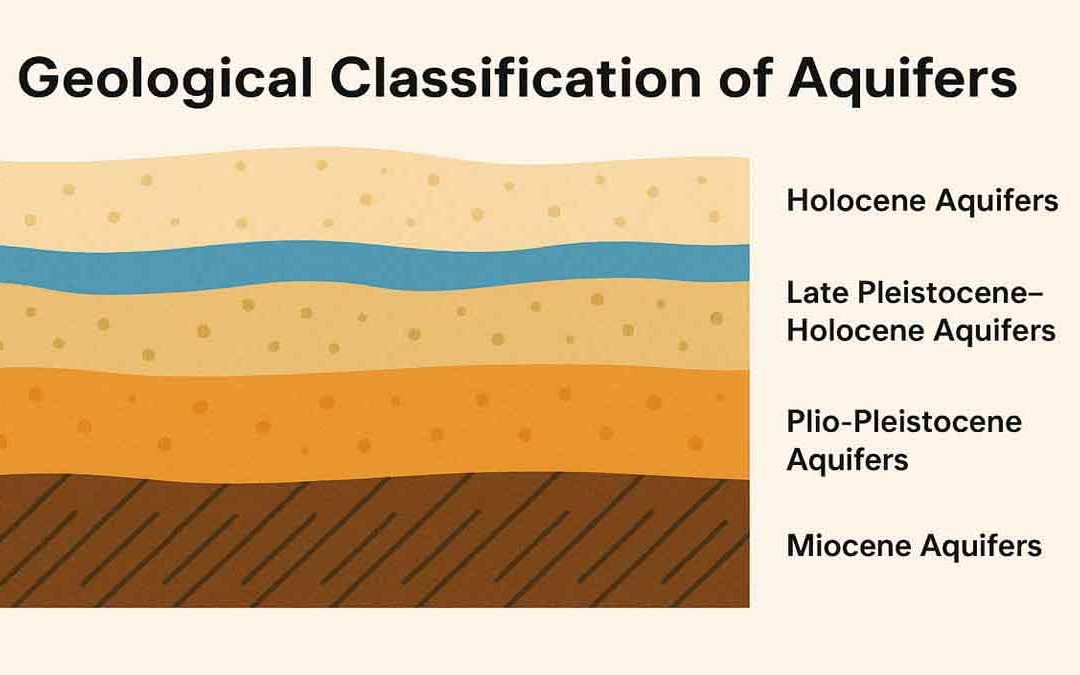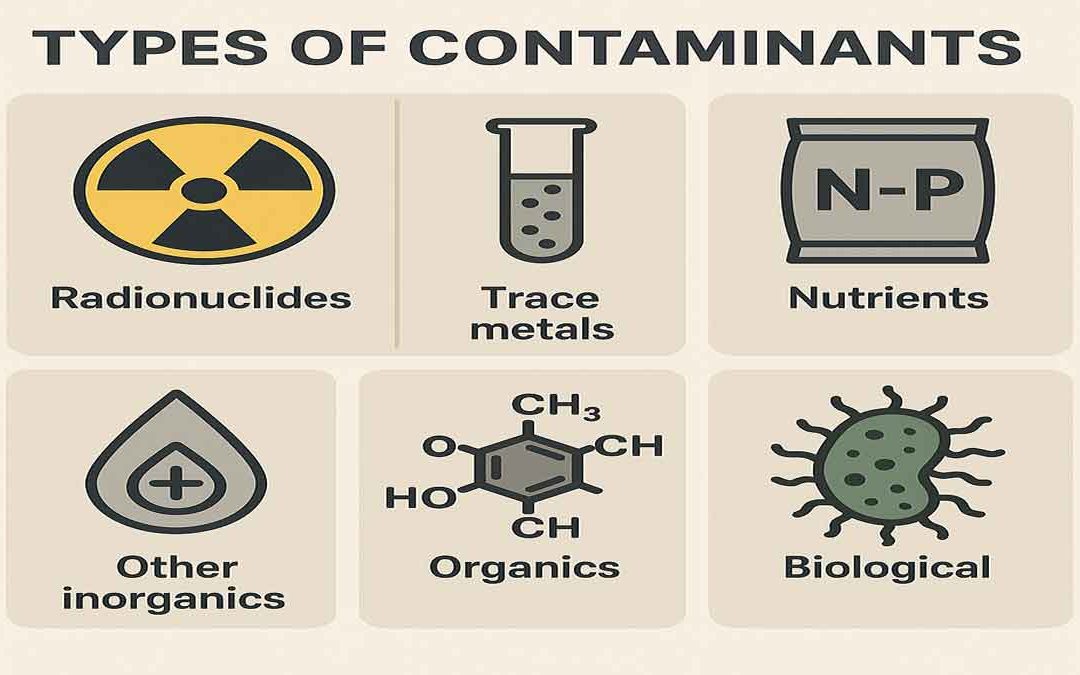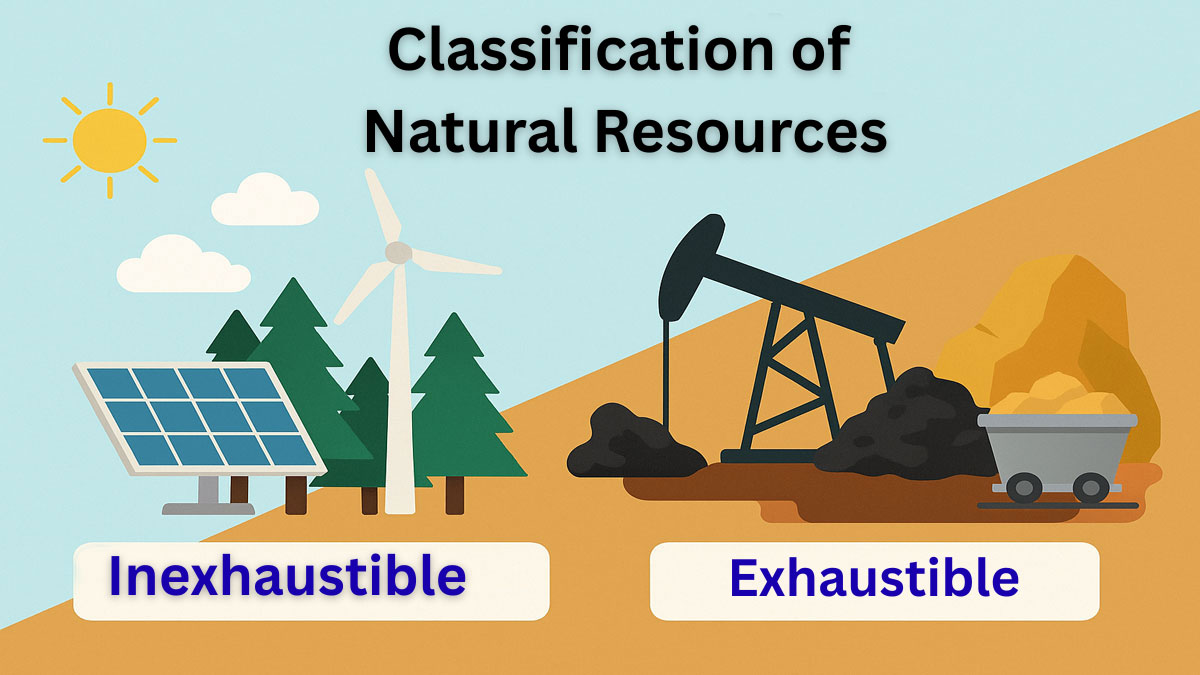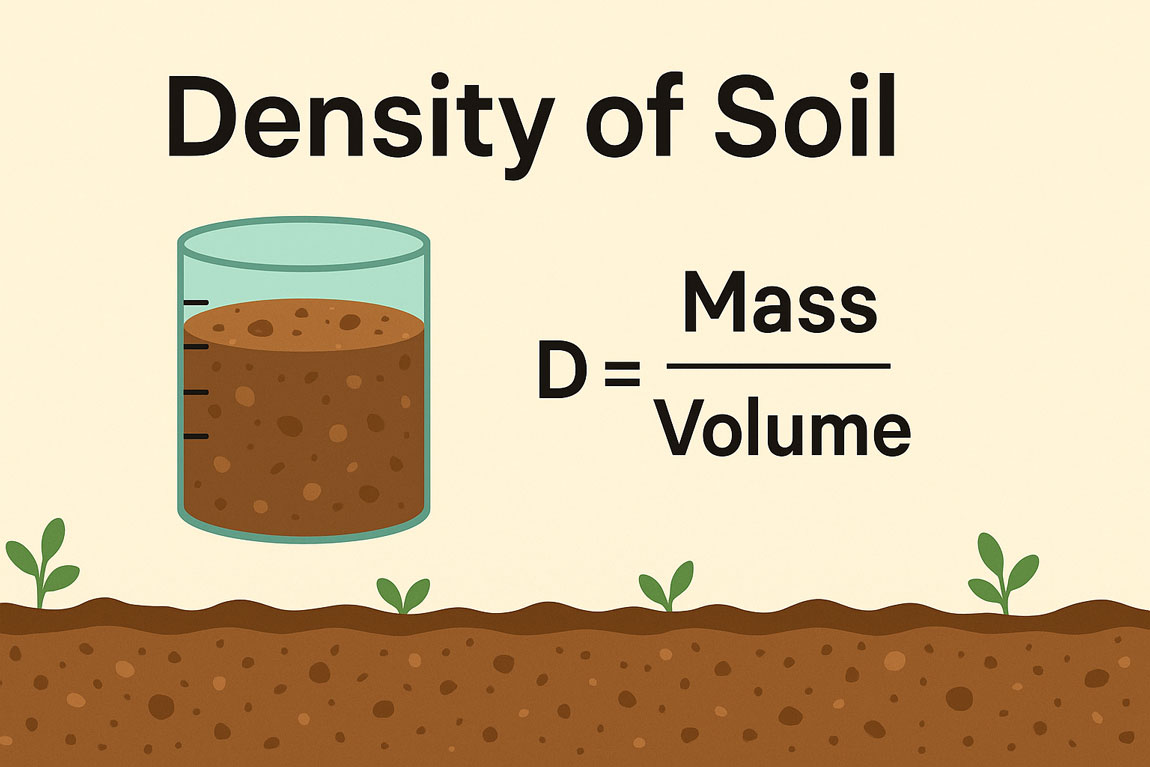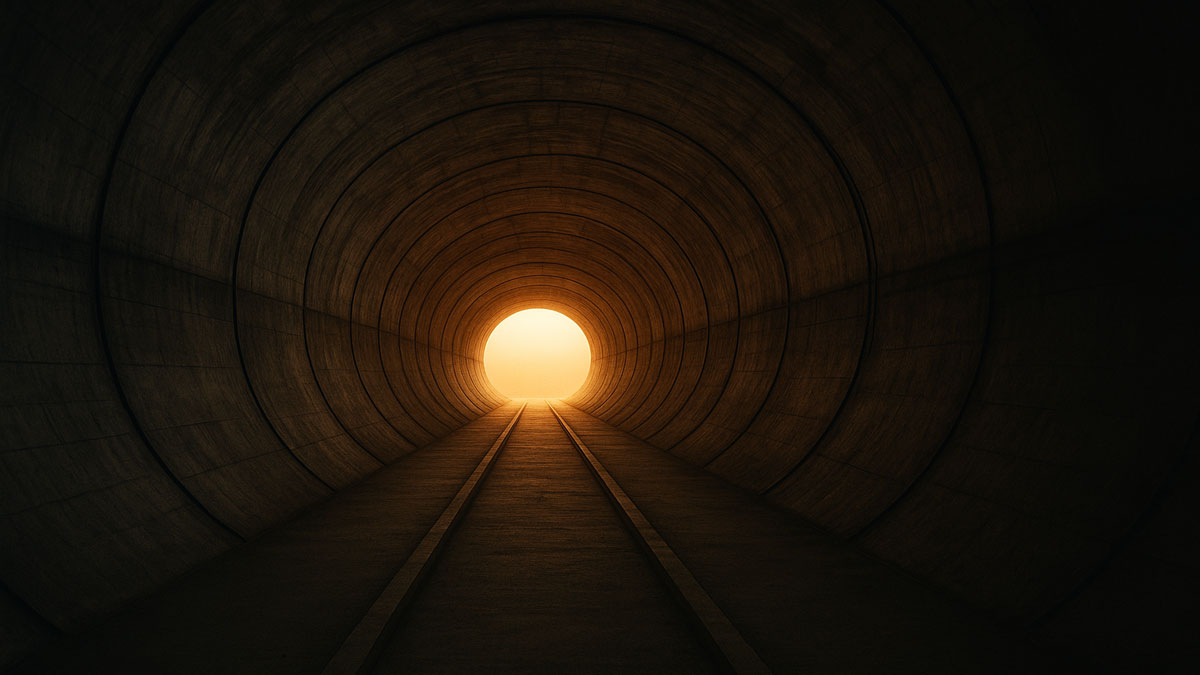
by Gelogia Team | Jun 18, 2025 | Hydrology
Over the last six decades, groundwater has served as the primary source for domestic, irrigation, and industrial uses in Bangladesh because of its year-round availability and generally good quality. Groundwater abstraction increased significantly, primarily driven by...

by Gelogia Team | Jun 17, 2025 | Hydrology, Physical Geology & Geomorphology
Application of Seismic Refraction Measurements in Groundwater: Mapping of Buried Channels using Seismic Refraction: The most common use of the seismic method in hydrogeology is the determination of the thickness of sediments overlying non-water-bearing consolidated...

by Gelogia Team | Jun 15, 2025 | Hydrology, Physical Geology & Geomorphology
The energy that moves sand along a beach comes from the wind-driven water waves that break upon the shore. As wind blows over the surface of an ocean or a lake, some of the wind‘s energy is transferred to the water surface, forming the waves that move through the...

by Gelogia Team | Jun 15, 2025 | Hydrology
Tectonic Settings and Their Role in the Coastline Formation: Coastline Formation is determined by a variety of factors, including tectonic setting, the materials present at the shore, and the energy with which water strikes the coast. One factor that influences the...

by Gelogia Team | Jun 1, 2025 | Hydrology
Classification of Aquifers: Geologically, they can be classified based on the age and composition of the sediments or rocks that host them. The four main types are: Holocene Aquifers Late Pleistocene-Holocene Aquifers (Unconsolidated to semi-consolidated):...

by Gelogia Team | May 25, 2025 | Hydrology
What are Contaminants? Any solutes (contaminants) introduced into the groundwater environment. Contamination is the presence of a constituent, impurity, or some other undesirable element that renders something unsuitable, unfit, or harmful for the physical body,...


